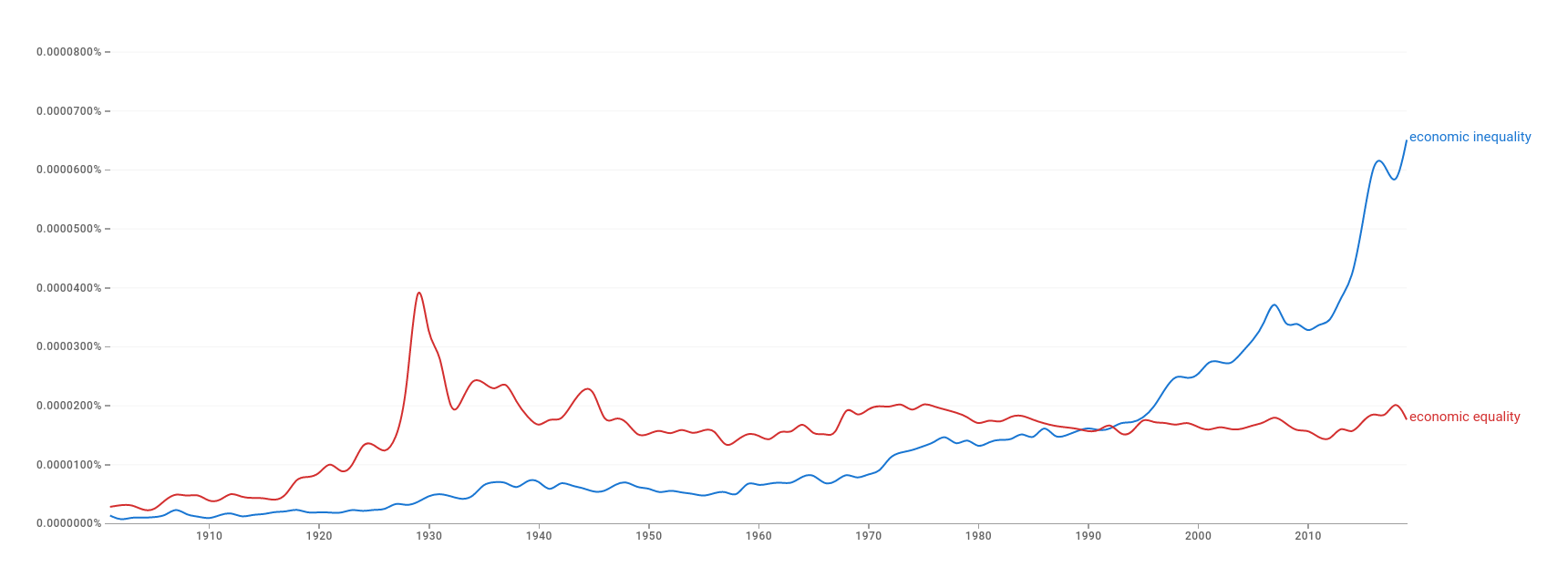This entry deals with a Constitutional question that is only technical, and of trivial importance.
The Twenty-Fifth Amendment to the US Constitution was ratified and adopted on 10 February 1967. Section 1 reads
In case of the removal of the President from office or of his death or resignation, the Vice President shall become President.
which would be rather peculiar, if the Constitution had already said as much. But what the Constitution had actually said, in Article II Section 1 Paragraph 6, was
In Case of the Removal of the President from Office, or of his Death, Resignation, or Inability to discharge the Powers and Duties of the said Office, the Same shall devolve on the Vice President, and the Congress may by Law provide for the Case of Removal, Death, Resignation or Inability, both of the President and Vice President, declaring what Officer shall then act as President, and such Officer shall act accordingly, until the Disability be removed, or a President shall be elected.
(Underscores mine.) A friend once reported to me that, after the death of William Henry Harrison, on the first occasion when Congress sent a bill to John Tyler, they addressed him as Acting President
; Tyler returned the bill neither signed nor vetoed, asserting that he were not mere Acting President, but simply President. Congress returned the bill, addressing him as President
, and Tyler signed it. Thereäfter, it was almost perfectly accepted that the Vice President became indeed the President after a President resigned or died or were removed. But, had the acceptance been indeed perfect, then Section 1 of the Twenty-Fifth Amendment would have been perfectly superfluous. However, I don't think that it properly were superfluous.
My primary argument is fairly straight-forward. The Constitution did not say that the Vice President became President. Indeed, the section lists Inability
alongside the other conditions under which the Powers and Duties devolve, and declares that devolution revoked in cases in which the Disability be removed
; if the same words about devolution mean taking the Office in other cases, we would have to take it that the Vice President became President during these times of temporary disability, only to lose the Office itself when the prior fellow recovered. Adlai Ewing Stevenson would briefly have been President in July of 1893; Richard Milhous Nixon repeatedly in the 1950s, as Eisenhower had a heart attack and then a stroke, and still later underwent surgery and its aftermath. Whenever a President got drunk and until he sobered-up, the Vice President would be President.
My secondary argument is more novel, but more subject to challenge. Until passage of the Twenty-Fifth Amendment, no mechanism was provided for filling a vacancy in the Office of the Vice President. In cases in which a vacancy does not obtain, no mechanism for filling it is needed, so the lack of a mechanism suggests at the vacancy were not felt. Someone might reasonably argue against my secondary reason, by noting that, prior to the adoption of the Twenty-Fifth Amendment, eight Vice Presidents left office before the ends of their terms — John C[aldwell] Calhoun resigned, the other seven died — leaving the Office vacant. In the case of William R[ufus DeVane] King (7 April 1786 – 18 April 1853) the vacancy was 1416 days. So perhaps what weren't acutely felt were just the needs for a spare and for a tie-breaker. (Note that Section 1 of Article II did provide for Congress to deal with a joint vacancy by appointing an Officer to act as President.) Still, the primary argument would hold.
I began with an admission that the question is only technical and trivial. If the Office of the Vice President remained that of the Vice President, but with the Powers and Duties of the Office of the President, then we are merely discussing a title, bragging rights.
Before 1967, four Vice Presidents took-on the Powers and Duties of the Office of the President without themselves ever winning election to that Office. These were John Tyler, Millard Filmore, Andrew Johnson, and Chester A[lan] Arthur. I say that we include them out.




